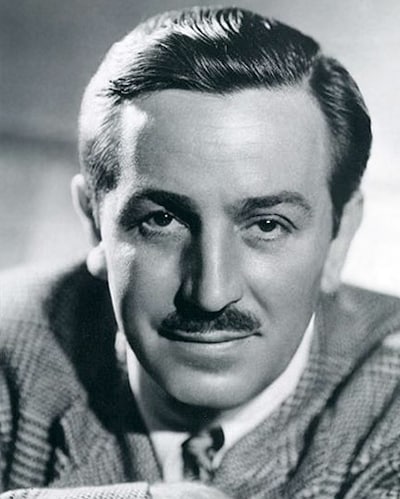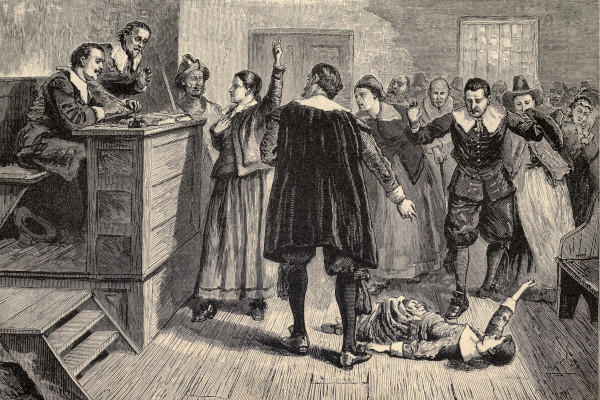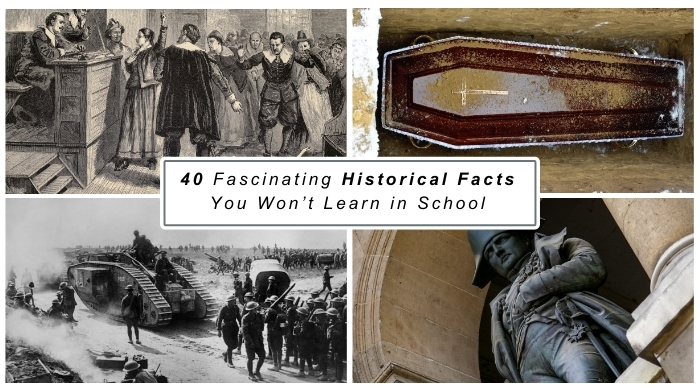40 Fascinating Historical Facts You Won’t Learn in School
28. The Surprising Uses of Skulls Throughout History
As useful as skulls have always been protecting our brains throughout history they’ve served in some intriguing roles. Some ancient cultures, such as the Scythians, made drinking cups of enemy skulls, and perhaps even lined them with gold. This gruesome practice reflects how people converted human remains into functional objects.
In addition to cups, skulls were remade into leather. Body parts were often turned into material for goods a darkly resourceful use of skin and scalp. Skulls as Practical Objects A look at how ancient societies made things out of everything they found.

It may sound macabre, but it’s a reminder that cultures historically approached every element of the human body, even the most mundane, as a potential resource for practical uses. It’s an eerie image of survival and inventiveness in an era of resource scarcity.
29. The Shocking Story of Peter the Great’s Revenge
That Peter the Great’s response to his wife’s affairs with her secretary, William Mons, was not just shocking but extreme. After decapitating Mons, Peter pickled the head in spirits and kept it in a jar. But it didn’t stop there he had Catherine keep the head by her bedside, a grim reminder of the betrayal.
When Peter was dead, Catherine kept the head as long as she lived. The beheading, followed by the head-saving doofus-head but still savable is the weird detritus of power and control. This is one of the strangest ways infidelity was punished in history.

The gruesome tale serves as a chilling reminder of just how toxic those dynamics could become and how disturbing things could get among royals. Peter’s obsession with control resulted in a lasting legacy of macabre preservation.
30. The Housekeeper’s Fortune in Disney Stock
Has a small gift ever completely changed someone’s life? Thelma Pearl Howard’s story proves that it can! She worked for the Disney family as a housekeeper and nanny for over 30 years. Walt Disney was so grateful for her loyalty that he gifted her Disney stock every holiday. At the time, it wasn’t worth much but Howard held onto it for decades.
By the time Howard passed away in 1994, that small gift had grown into a fortune worth over $9 million. Half of it went to her son with special needs, and the other half helped support homeless children. Pretty remarkable, right?

This story shows how even a simple gift, like stock, can have life-changing effects. Howard’s legacy isn’t just about wealth it’s about the generosity and care she shared with others.
31. The Secret Behind Colorful Flour Sacks
Ever wonder why flour sacks have those bright, colorful patterns? Well, it’s not just for fun. During the Great Depression, when times were tough, families had to get creative to make ends meet. Flour sacks, which were usually plain, became a resource for women looking to stretch their budgets. They turned them into clothes, dishcloths, and even diapers.
Flour companies quickly realized what was happening and started printing colorful designs on their sacks, turning them into fashionable fabrics. It was a clever way for families to save money and still look good.

In a time of hardship, these colorful flour sacks became a symbol of resilience. It’s proof that even in the hardest times, people can find creative ways to make life a little more beautiful.
32. The Early, Weird History of Birth Control
I mean, can you even imagine mercury being used in any capacity as a birth control method? Sounds pretty wild, right? But that’s exactly what some ladies in ancient China did! The insane thing is that this poison used to be a type of contraceptive. And it gets even weirder do you know what ancient Egyptian women made pessaries out of? Crocodile dung. Well, I know… things were definitely a lot more “natural” back then.
And hold on early condoms weren’t like the ones you know now. Nope, they were made from cow guts. That’s right intestines! And it doesn’t stop there. Victorian women basted a diaphragm out of a wooden block, and some North American women topped it all off by soaking dried beaver testicles in alcohol and drinking it. Can you imagine? We’ve come a long way, huh?

As weird and unsettling as all of this sounds, though, I find it fascinating to imagine what some creative (or desperate) minds would dream up in order to subdue reproduction without the tools we’re provided now. So next time you think birth control is complicated, just remember: it could be worse!
33. The Austrian Army’s Accidental Defeat
Ever heard of a battle where one army beat itself? Sounds impossible, right? But one of these days was in 1788 when the Austrian army found itself so intertwined with a perfect storm of unfortunate events that they led a riot of their own making against themselves. Here’s the way it went Emperor Joseph II threw his army against the Transylvanian Turks. That sounds pretty simple, right? But things went south fast. Thirty thousand troops, including the emperor himself, contracted malaria to start with. Yikes.
But the real chaos began when a dispute broke out over alcohol. The infantrymen in our party were eager to score some booze, but the cavalry types were tight as a miser’s cattle. Therefore, the infantry decided to prank the cavalry; they pretended to attack to frighten them away and steal their booze. But now here’s the part where it all gets silly the cavalry realized what was happening, went along, and let off a few drunken shots. The rest of the army had nothing of it. They believed they were under attack and they began firing back. This panic went on all night!

By the time it was all over, there were 10,000 dead, and the army had defeated itself. Just imagine what a humiliating experience that must have been for everyone concerned. But one stupid booze war would lead to another.
34. Britain’s Love for Tea
British tanks also have tea makers, did you know that? It’s true! Following World War II, British troops needed a way to drink their beloved tea while in their armored vehicles, without having to leave the security of their vessel. So they came up with a water-heating system called the “Vessel Boiling Electric” that could boil water and cook food using the tank’s power supply. Talk about dedication to tea! Even in a warzone, the Brits managed to find a way to make sure they didn’t miss out on their tea breaks.

It sounds silly, but this invention was a foundational element of military culture. For British soldiers, a hot cup of tea was more than just a drink it was a touch of comfort and normalcy in the middle of a war, when the rest of life’s essentials were scarce. Tea is integral to British culture, and they maintained the tradition even in the most dramatic of circumstances.
35. Saddam Hussein and Detroit’s Gates
Here’s a weird bit of history In the 1980s, Saddam Hussein, the dictator known for his brutal regime, was given the key to the city of Detroit! It began when Hussein contributed substantial amounts of money to churches in Detroit. In 1980, a priest named Jacob Yasso traveled to Iraq at Hussein’s invitation. During his time there, the city’s mayor, Coleman Young, gave him the key to Detroit as a token of gratitude.
Stranger still is that at the time, Hussein was regarded as a friend of Detroit. Mayor Young and others regarded his donations as a means of supporting the cash-strapped city, though many would later view this moment with confusion. You know, Hussein would eventually become one of the most infamous leaders of the 20th Century, so giving him the keys to the city certainly raises an eyebrow or two.

It’s a strange, awkward moment in history that reflects just how knotted up international relations can get. Who would’ve believed that a dictator who would come to face vilification across the globe could, at least at one time, be treated like this?
36. Salem Witch Trials
The Salem Witch Trials were one of the darkest aspects of 17th-century New England. A wave of hysteria from 1692 to 1693 led to the execution of 20 people, accused of practicing witchcraft. Shockingly, being single or having a couple of children was enough to get someone into trouble.
This mass paranoia was not contained within Salem itself. According to one estimate, in medieval Europe alone, over 600,000 people were executed for similar charges. The threshold of suspicion was amazingly low, and traits ranging from birthmarks to old age were taken as grounds for suspicion.

Imagine living in constant fear of being accused for simply being different! These trials remind us how easily fear can spiral into tragedy, leading to devastating consequences for innocent lives.
37. Trials of Animals in Medieval Europe
In medieval Europe, there were animal trials just as there were human trials! Yes, you heard it right-pigs, dogs, and even a dolphin had been taken to court for various offenses. People believed that animals should adhere to the same moral standards, so when they misbehaved, they were held accountable.
Pigs, most of the time, entered court for straying into gardens or being violent. Horses, eels, and bulls did not have an exceptional life either. Can you believe that your dog was led to court? Absurdity as it may seem, yes, this was what exactly went on then!

A show of how deep the justice concept was implemented, since justice was extended, even towards an animal. Interestingly, one witnesses the changes made in a span of centuries with changing societal values.

